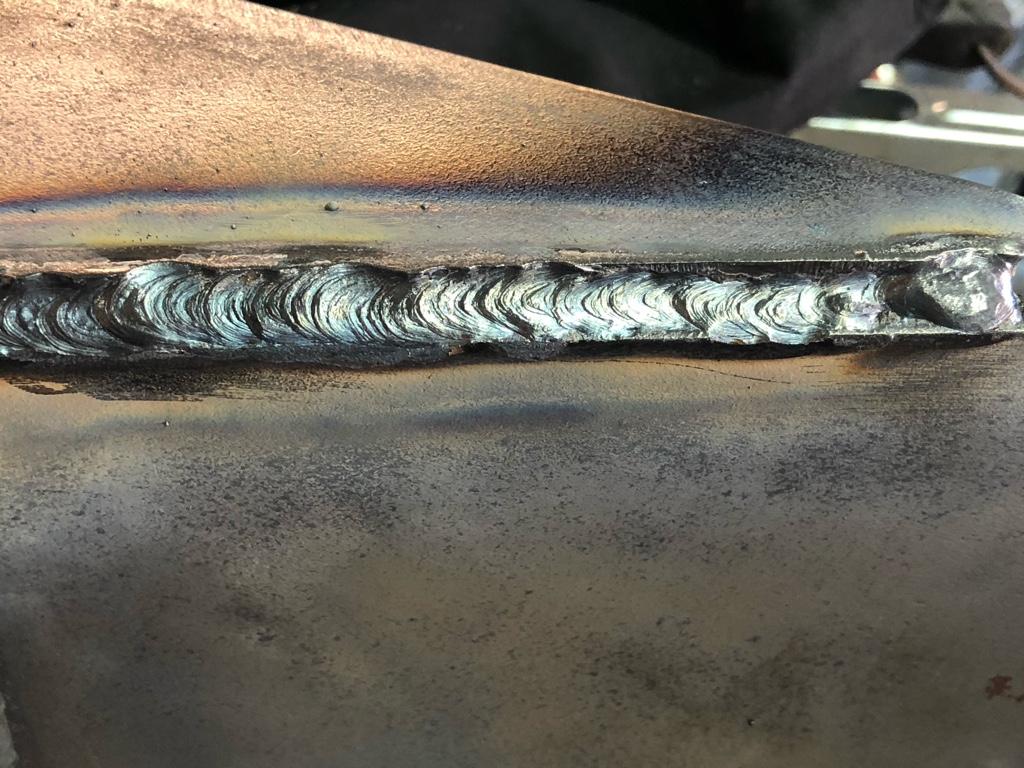Mastering the Art of Welding: Just How to Stay Clear Of Undercut Welding Issues for Flawless Construction Results
By recognizing the origin triggers of undercut welding and implementing reliable strategies to prevent it, welders can elevate their craft to new degrees of excellence. In the quest of remarkable construction outcomes, grasping the art of welding to prevent undercut issues is not simply a skill yet a need for those making every effort for excellence in their job.
Understanding Undercut Welding

To prevent undercut welding, welders ought to make sure proper welding criteria, such as changing the current, voltage, travel rate, and maintaining the correct electrode angle. By comprehending the reasons of undercut welding and carrying out preventive steps, welders can attain top notch, structurally audio welds.
Sources Of Undercut in Welding
Comprehending the aspects that contribute to undercut in welding is vital for welders to create premium, structurally sound welds. Inadequate welding inaccurate or existing welding rate can also add to undercut. Recognizing these reasons and carrying out appropriate welding strategies can help avoid damaging issues, making certain sturdy and strong welds.
Strategies to avoid Undercutting

To reduce the risk of damaging in welding, welders can employ critical welding strategies focused on improving the quality and stability of the weld joints. One effective method is to adjust the welding specifications, such as voltage, existing, and take a trip rate, to ensure proper warmth input and deposition. Preserving a suitable electrode angle and making certain consistent traveling rate can also aid protect against undercut. Furthermore, making use of the appropriate welding strategy for the particular joint arrangement, such as weave or stringer beads, can contribute to decreasing damaging. Preventing weld undercut.
Additionally, proper joint preparation, including making certain clean base products free of contaminants and utilizing the appropriate welding consumables, is essential in avoiding undercut defects. Employing back-step welding techniques and controlling the weld grain account can also aid disperse heat equally and lessen the risk of undercut. Regular examination of the weld go to this site joint throughout and after welding, as well as applying quality control measures, can assist in detecting and attending to undercutting problems promptly. By implementing these techniques carefully, welders can accomplish perfect construction results with minimal undercut defects.
Value of Appropriate Welding Criteria
Selecting and keeping proper welding criteria is essential for accomplishing successful welds with very little flaws. Welding specifications refer to variables such as voltage, existing, take a trip rate, electrode angle, and securing gas circulation rate that straight influence the welding procedure. These criteria should be carefully changed based on the kind of material being welded, its density, and the welding strategy employed.
Appropriate welding criteria guarantee the ideal quantity of warm is related to melt the base metals and filler product uniformly. If the criteria are established as well high, it can bring about too much warm input, causing spatter, distortion, or burn-through. On the other hand, if the parameters are also low, incomplete fusion, absence of infiltration, or undercutting might occur.
High Quality Guarantee in Welding Operations

Conclusion
In final thought, grasping the art of welding requires a comprehensive understanding of undercut welding, its reasons, and techniques to avoid it. By ensuring correct welding specifications and carrying out quality control techniques, remarkable construction results can be achieved. It is essential for welders to regularly aim for quality in their welding operations to stay clear of undercut concerns and create premium welds.
Undercut welding, an usual defect in welding processes, happens when the weld metal does not correctly load the groove and leaves a groove or clinical depression along the bonded joint.To protect against undercut welding, welders should make sure correct welding parameters, such as readjusting the current, voltage, traveling rate, and preserving the right electrode angle. Poor welding existing or incorrect welding speed can likewise contribute to damage.To mitigate the threat of undercutting in welding, welders can utilize strategic welding methods intended at boosting the high quality and integrity of the weld joints.In verdict, understanding the art of welding calls for a thorough understanding of undercut welding, its reasons, and strategies to stop it.
Comments on “Reliable Ways to Prevent Weld Undercut in Your Welding Projects”